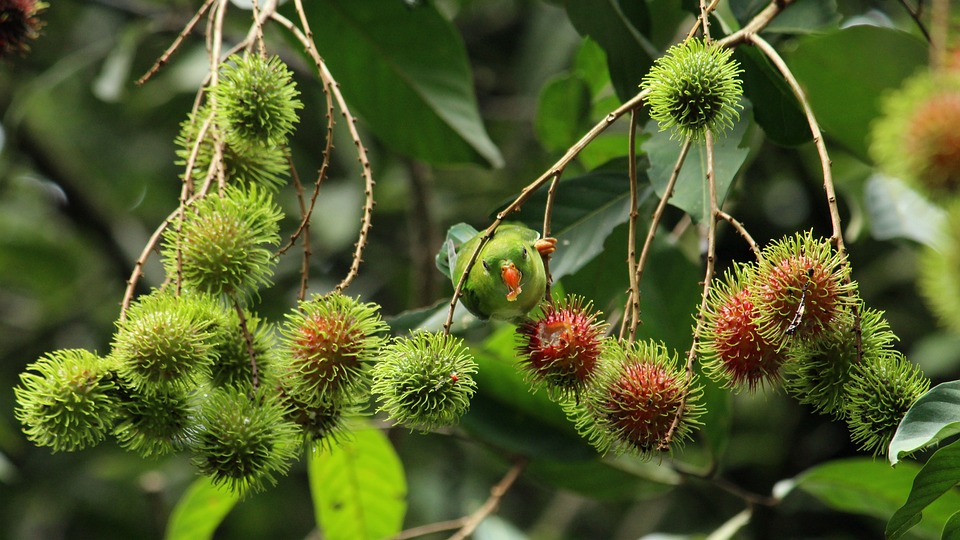Parrots are known for their vibrant plumage and their ability to mimic human speech. But did you know that they also have a remarkable talent for mimicking laughter and whistling? In this article, we explore the fascinating world of parrot behavior and delve into the reasons behind their laughter mimicry and whistling abilities.
Parrots are highly social creatures that thrive in interactive environments. Their natural habitats in tropical regions provide ample stimulation, which translates into their captivating behaviors in captivity. Understanding the intricacies of parrot behavior can help us create enriching environments for these intelligent beings.
One of the most intriguing behaviors exhibited by parrots is their ability to mimic laughter. This behavior is not just for entertainment; it serves a purpose in the social dynamics of a parrot’s life. Parrots mimic laughter as a means of bonding and communicating within their flock or human family. By mimicking laughter, parrots display their desire to fit into their social group, be it their fellow parrots or their human caregivers.
Parrots learn to mimic laughter by closely listening to the sounds and rhythms of laughter within their environment. They are highly observant creatures with exceptional auditory capabilities. Parrots possess a complex vocal system, allowing them to replicate human laughter with astonishing accuracy.
Whistling is another fascinating behavior observed in parrots. Parrots are renowned for their exceptional whistling skills, which often rival those of professional musicians. Whistling serves as an expression of contentment for parrots. They often whistle when they feel safe and secure in their surroundings, expressing happiness and satisfaction.
In the wild, male parrots use melodious whistling to attract potential mates during courtship rituals. Whistling serves as a display of their strength, vitality, and ability to provide for their offspring. This behavior is an essential part of parrot courtship and breeding.
Now, let’s answer some frequently asked questions about parrot behavior:
Q1: Can all parrot species mimic laughter and whistle?
While most parrot species possess the ability to mimic laughter and whistle, the extent of their skills may vary. Some species, such as African Grey Parrots and Cockatoos, are particularly known for their exceptional mimicry talents.
Q2: Can parrots learn to mimic other sounds besides laughter and whistling?
Absolutely! Parrots have an astonishing capacity to mimic a wide range of sounds, including human speech, sounds from their environment, and even musical tunes. Their ability to imitate sounds is limited only by their exposure and learning opportunities.
Q3: How can I encourage my parrot to engage in laughter mimicry or whistling?
Creating a positive and enriching environment is paramount to encouraging your parrot to engage in laughter mimicry or whistling. Spend quality time with your parrot, interact with them through laughter or whistling, and provide them with appropriate auditory stimuli, such as music or recordings of laughter.
Q4: Is it possible for parrots to develop their own unique laughter or whistling style?
Parrots often develop their own unique styles of laughter and whistling, just like humans have their distinct laughs and whistles. These individual variations add to the charm and personality of each parrot.
In conclusion, parrot behavior is a fascinating realm that offers a glimpse into their intelligence, social dynamics, and emotional well-being. By understanding and appreciating their ability to mimic laughter and whistling, we can forge deeper connections with these remarkable creatures. So, next time you hear your parrot laughing or whistling a melodious tune, remember how incredible their world truly is.









